
Arguably though, Las Choyas Geodes are the most popular, attainable and collectible geodes available to geode enthusiasts.
These Mexican geodes found in one small area just slightly north and east of Chihuahua city are known in the trade as "Mexican Coconuts." Collectible in this case does not mean field collectible as production is pretty much confined to one area owned by one family.
Most Las Choyas geodes for sale in rock shops and gem and mineral shows are between 2.5 and 3.5 inches in diameter although they can range up to six inches in diameter. Almost all are spherical in shape thus affirming our concept of what shape a geode should have. Because the opportunity for field collecting is not available to the general public, most hobbyists will usually only have a few Las Choyas geodes in their collection.
The word geode comes from Ancient Greek and means "earthlike." For the metaphysical believer, geodes, like Las Choyas geodes, are said to bring flow, harmony and resilience to the bearer.
HOW LAS CHOYAS GEODES ARE FORMED
Unlike the famous Keokuk geodes that form in a sedimentary environment, Las Choyas geodes form in an igneous environment. This environment comes about as a result of a volcanic eruption producing an ash flow that contains bubbles that are trapped in the rhyolitic tuff rock formation when it solidifies. These hollows in the rock provide the chamber where the mineral-rich fluids flow to start the process of geode formation. The total process may take millions of years and involves a complex series of geological events that ultimately yield these spectacular geodes.
This story is from the May 2023 edition of Rock&Gem Magazine.
Start your 7-day Magzter GOLD free trial to access thousands of curated premium stories, and 9,000+ magazines and newspapers.
Already a subscriber ? Sign In
This story is from the May 2023 edition of Rock&Gem Magazine.
Start your 7-day Magzter GOLD free trial to access thousands of curated premium stories, and 9,000+ magazines and newspapers.
Already a subscriber? Sign In
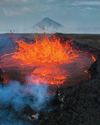
THE BRIGHT SIDE OF VOLCANIC ROCK
As a mineral resource, volcanic rock is decidedly short on glamour.
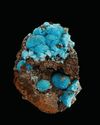
The Other Copper Minerals
12 Lesser-known Collectible Species

MINERAL COLLECTING -AND ROCK & GEM
Evolving Together FOR 54 YEARS
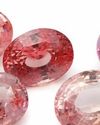
Gemstone Trends
A Look Back at 2024 & What to Expect in 2025
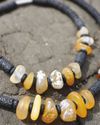
How to Make a GEM BEAD NECKLACE
No Lapidary Experience Needed!
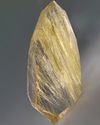
Framing Nature's Art
Faceting Rutilated Quartz for Beginners
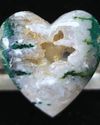
BEDAZZLED BLUE SEAM AGATE
More than several centuries ago, mining was the profession most often seen as befitting of men.
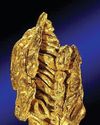
ROCK & GEM FIELD GUIDE:
Spinel is a captivating gemstone with a rich history of being mistaken for gems like ruby and sapphire.
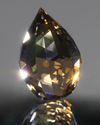
SNAKE SCALE DROP 1.5:1
This Faceting Focus is revisiting the briolette gemstone design because of its popularity with independent and hobby gemstone faceters.
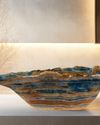
STONE CHIC
How Earth-Inspired Decor Brings Comfort to our Home